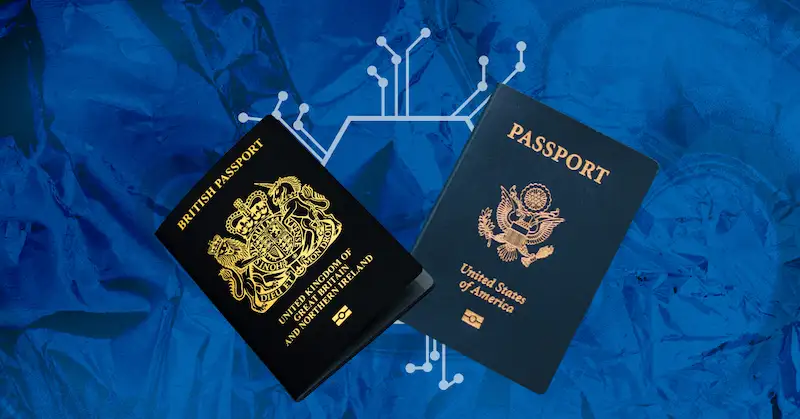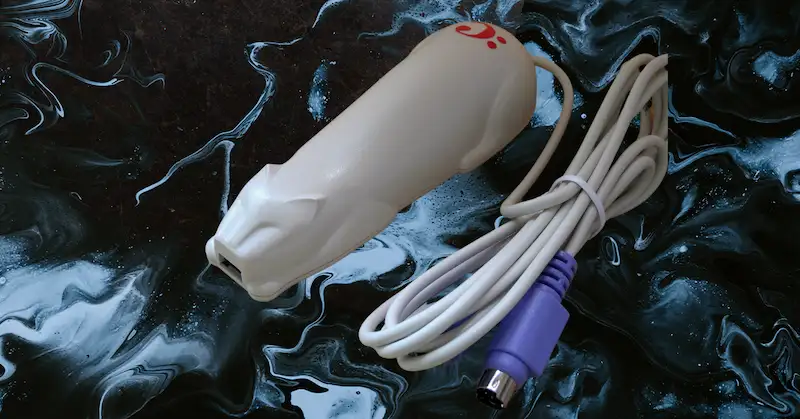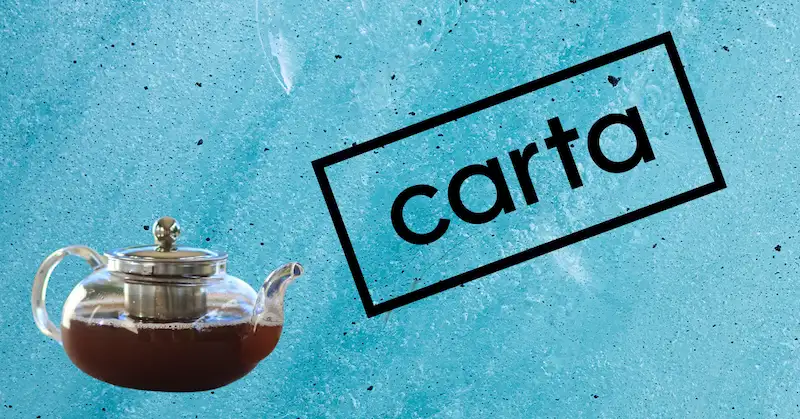What does a dragon need gold for? They live in caves for free and eat cattle they don’t buy. A dragon needs its treasure hoard as much as a corpse needs its life savings, and yet…

… some big shots are hoping to cryogenically freeze themselves to not only achieve immortality, but wake up wealthy, per a fascinating report from Mother Jones.
What exactly happens when you’re frozen?
At the Alcor Life Extension Foundation in Scottsdale, Arizona, there are 225 frozen people (plus some pets). The process is a little Han Solo, a little Cronenberg body horror:
- Blood is swapped for a chemical that preserves organs.
- The corpse is injected with what’s essentially antifreeze.
- The body is cooled to -321 degrees Fahrenheit and stored in a tank — called a “Dewar” — full of liquid nitrogen, where it’ll remain until science finds a way to revive it.
This costs $200k+ for the whole body or $80k for just the brain — so, needless to say, they were probably rich in life…
… and probably want to be rich again
In the US, people must name a beneficiary and most states cap trusts at 90 years. For people who die normally, that’s not a problem. For people who expect to be revived in a century or two, it’s a concern. So:
- Some lobbyists are trying to extend how long a trust can last.
- Attorney Mark House told Mother Jones that he’s created ~100 “cryonic suspension trusts” since working on the estate of a frozen client a decade ago.
- One expert said they’d seen cryonics trusts that consider the rights of a bionic person containing a digital copy of someone’s mind — a la sci-fi series Altered Carbon.
Does it even matter, though?
In 1967, James Bedford, a 73-year-old man with terminal cancer, became the first person to be cryogenically frozen. He’s still frozen, currently at Alcor.
In fact, no one who’s been frozen has been successfully revived; scientists don’t know how, and many think they never will.
So all that money? It might be totally worthless, in pursuit of a fantasy about as real as a dragon.










